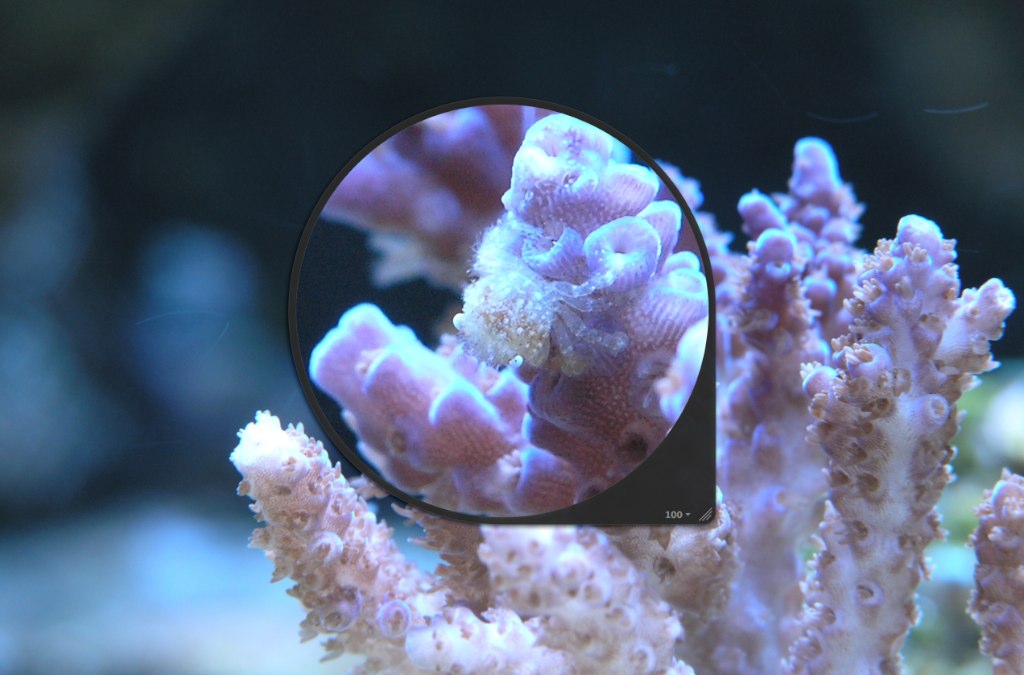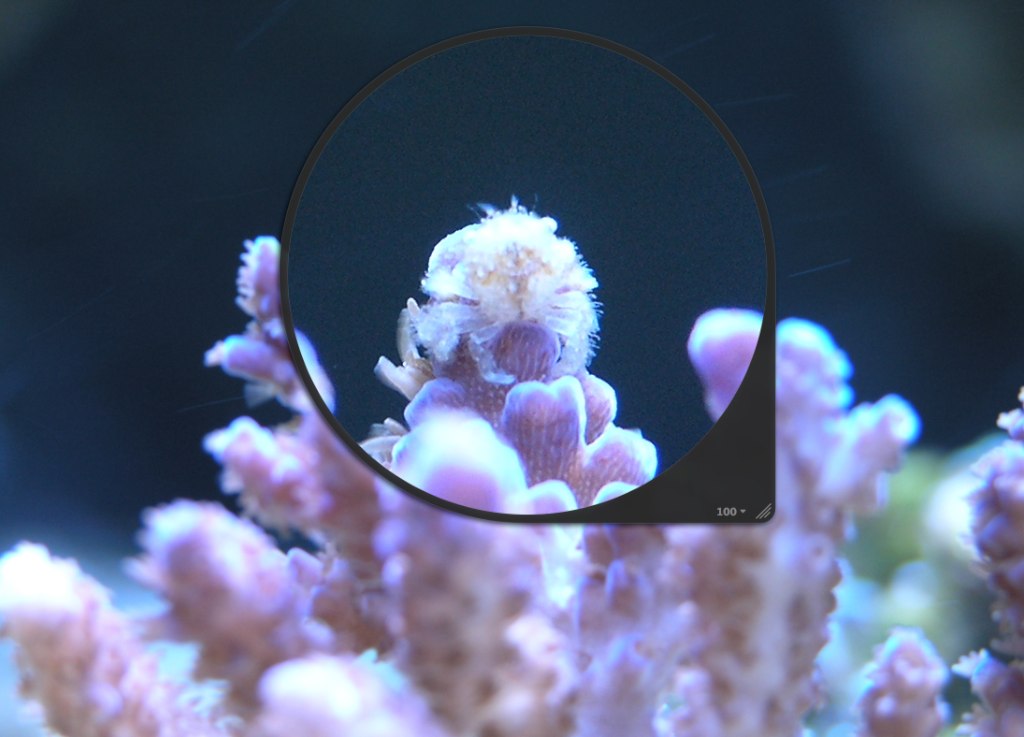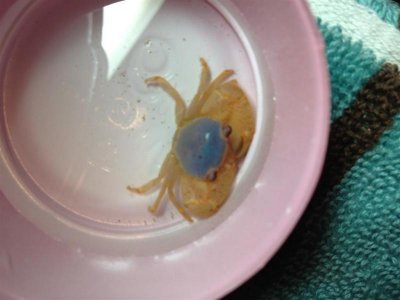trueblackpercula
New member
Hi all
Can we start a good Sps acropora crab Vs bad acropora thread. It's amazing to see so many always ask is this good or bad, and some are killing crabs without not really knowing if it was really bad. Also with the spike of AEFW and red bugs Etc. I would like to know if those with good crabs have any pest that the crabs host. Well I hope this turns out to be a helpful thread as I am starting to think that these little crabs are more good to the health of our acroporas then most realize.
How know maybe this is the natural cure to AEFW and red bugs.
Thanks
Can we start a good Sps acropora crab Vs bad acropora thread. It's amazing to see so many always ask is this good or bad, and some are killing crabs without not really knowing if it was really bad. Also with the spike of AEFW and red bugs Etc. I would like to know if those with good crabs have any pest that the crabs host. Well I hope this turns out to be a helpful thread as I am starting to think that these little crabs are more good to the health of our acroporas then most realize.
How know maybe this is the natural cure to AEFW and red bugs.
Thanks






